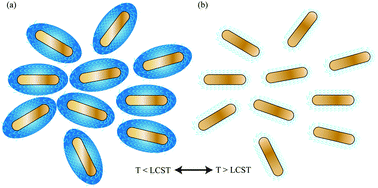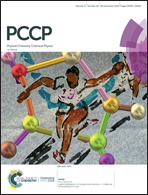Machine learning based temperature prediction of poly(N-isopropylacrylamide)-capped plasmonic nanoparticle solutions
Abstract
The temperature-dependent optical properties of gold nanoparticles that are capped with the thermo-sensitive polymer: ‘poly(N-isopropylacrylamide)’ (PNIPAM), have been studied extensively for several years. Also, their suitability to function as nanoscopic thermometers for bio-sensing applications has been suggested numerous times. In an attempt to establish this, many have studied the temperature-dependent optical resonance characteristics of these particles; however, developing a simple mathematical relationship between the optical measurements and the solution temperature remains an open challenge. In this paper, we attempt to systematically address this problem using machine learning techniques to quickly and accurately predict the solution-temperature, based on spectroscopic data. Our emphasis is on establishing a simple and practically useful solution to this problem. Our dataset comprises spectroscopic absorption data from both nanorods and nanobipyramids capped with PNIPAM, measured at discretely varied and pre-set temperature states. Specific regions of the spectroscopic data are selected as features for prediction using random forest (RF), gradient boosting (GB) and adaptive boosting (AB) regression techniques. Our prediction results indicate that RF and GB techniques can be used successfully to predict solution temperatures instantly to within 1 °C of accuracy.



 Please wait while we load your content...
Please wait while we load your content...